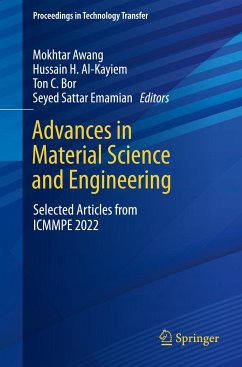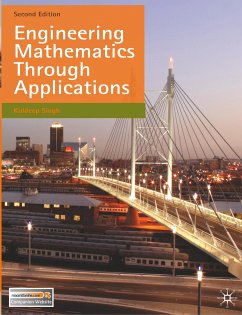
Mathematics in Industrial Problems
Part 5

PAYBACK Punkte
42 °P sammeln!
Developed from the cooperation between mathematicians and industrial scientists on the "grass roots" level of specific problems, this book is the most recent in a collection of self-contained volumes which present industrial problems to mathematicians. Topics include: imaging and visualization, diffusion in glassy and swelling polymers, composite materials, plastic flows, coating of fiber optics, communications, colloidal dispersion, stress in semiconductors, micromagnetics, photobleaching, and machine vision. Many chapters offer open problems and references, while the last chapter contains so...
Developed from the cooperation between mathematicians and industrial scientists on the "grass roots" level of specific problems, this book is the most recent in a collection of self-contained volumes which present industrial problems to mathematicians. Topics include: imaging and visualization, diffusion in glassy and swelling polymers, composite materials, plastic flows, coating of fiber optics, communications, colloidal dispersion, stress in semiconductors, micromagnetics, photobleaching, and machine vision. Many chapters offer open problems and references, while the last chapter contains solutions to problems raised in previous volumes of Mathematics in Industrial Problems, Parts 2, 3, and 4, published in the IMA series as Volumes 24, 31, and 38 respectively.














